Role of Media in Shaping Masculinity – All You Need To Know In 2024
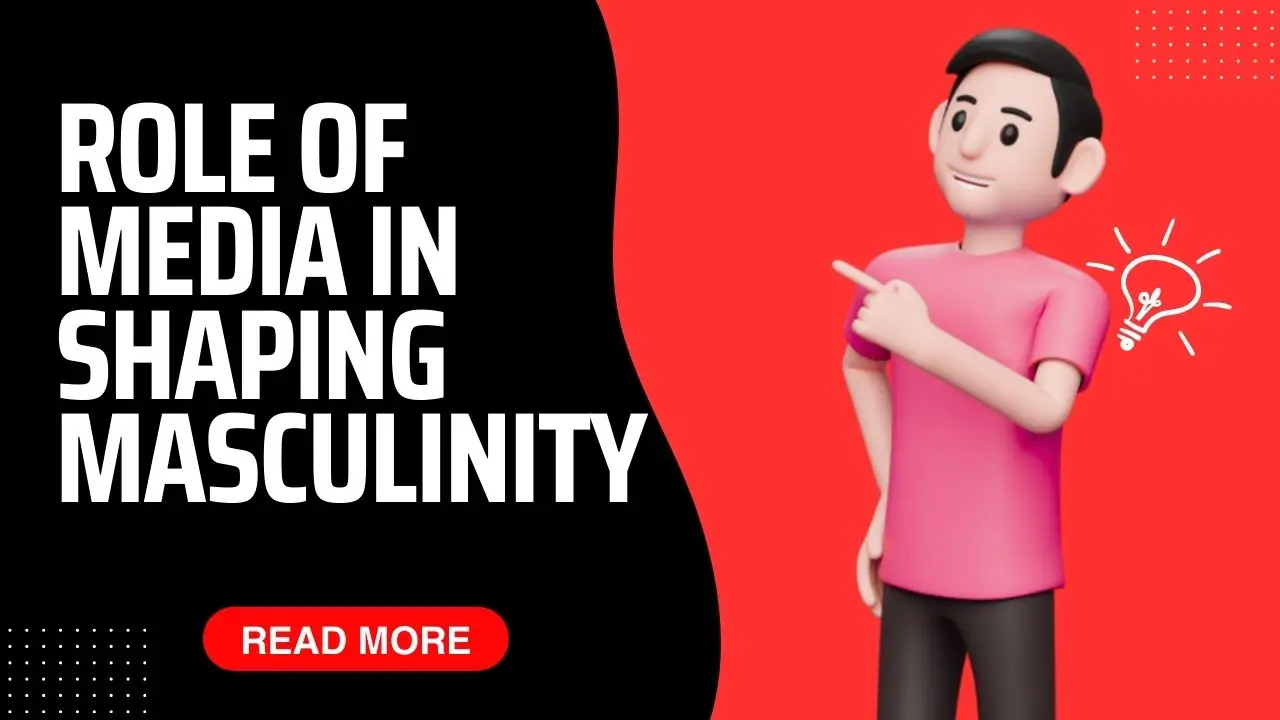
Role of Media in Shaping Masculinity: Masculinity is a complex and dynamic concept that refers to the social and cultural expectations of how men should behave, think, feel, and look. It is not a fixed or innate trait but a construct that varies across time, place, and context. However, many people tend to have a narrow and rigid view of what constitutes masculinity, often influenced by the media they consume.
The media significantly shapes masculinity through images, messages, and narratives that define and reinforce societal ideals of manhood. It influences individuals’ perceptions of masculinity and their interactions. This post will explore how the media shapes masculinity, its implications, and ways to promote diverse and positive representations of manhood.
How society perceives and constructs the concept of manhood
Before we discuss the role of the media in shaping masculinity, we need to understand how society perceives and constructs the concept of manhood. According to sociologist R.W. Connell, different types of masculinities exist in any given society, depending on the power relations, cultural norms, and historical contexts.
The four types are hegemonic, subordinate, complicit, and marginalized. However, one dominant form of masculinity is usually considered the most desirable, legitimate, and normative. This is called hegemonic masculinity.
Don’t forget to read more about What Is Female Delusion?
Hegemonic masculinity is the idealized version of manhood associated with strength, dominance, aggression, competitiveness, rationality, and heterouality. It has the most power and influence, contrasted with other forms of masculinity deemed inferior, subordinate, or deviant.
The Influence of Traditional Gender Stereotypes
One of the primary sources of hegemonic masculinity is the traditional gender stereotypes that are ingrained in our society. These stereotypes are based on the assumption that there are inherent and natural differences between men and women and that these differences dictate their roles, behaviors, and preferences.
For example, men should be providers, protectors, and leaders, while women should be nurturers, caregivers, and followers. Men are also expected to be assertive, confident, and independent, while women are expected to be passive, emotional, and dependent.
You can also read about Effects Of Male Delusion
Media reinforces stereotypes portraying men as heroes or villains and women as victims and objects. This creates harmful expectations and limits opportunities.
Media’s Role in Reinforcing Toxic Masculinity
Another effect of media influence on masculinity is the propagation of hazardous behaviors and attitudes that are commonly linked with traditional masculinity. Aggression, violence, misogyny, homophobia, and emotional suppression are all negative features.
Such behaviors can result in a variety of physical, psychological, and social issues, including bullying, abuse, criminality, suicide, sadness, and solitude.
The media frequently emphasizes these destructive features by praising, normalizing, or justifying them. For example, it may represent men as violent or powerful to express their masculinity while also showing violence as justified by situations such as war or survival.
The Emergence of New Masculinities
The media can impact masculinity in both positive and negative ways. It can either reinforce harmful norms and stereotypes or challenge and transform them. Lately, there has been a rise in awareness of the limitations of toxic and hegemonic masculinity.
People are acknowledging masculinity’s diversity and complexity, leading to new forms of masculinity that encourage inclusivity, flexibility, progressiveness, and care.
You can also read about The Hidden Struggle With Toxic Masculinity
These new forms of masculinity reflect men’s different identities, experiences, and cultures, such as race, ethnicity, class, and age. Some examples of these new forms of masculinity include those that embrace traditionally “feminine” traits such as compassion and cooperation.
- Metroual masculinity is a type of masculinity that is defined by men’s interest and investment in their appearance, grooming, and fashion. Men who identify as metroual are not afraid to express their individuality, creativity, and style, and they challenge the idea that caring about one’s looks is feminine or vain.
- On the other hand, Eco-masculinity is a type of masculinity characterized by men’s concern and participation in environmental issues such as climate change, pollution, and conservation. Men who identify as eco-masculine are not afraid to show their respect and care for nature, and they challenge the idea that exploiting or dominating nature is masculine or powerful.
Don’t forget to learn more about What Is Man Delusion?
- Finally, nurturing masculinity is defined by men’s participation and engagement in caregiving roles such as parenting, teaching, or nursing. Nurturing men are not afraid to show affection and empathy, and they challenge the idea that nurturing or caring is feminine or weak.
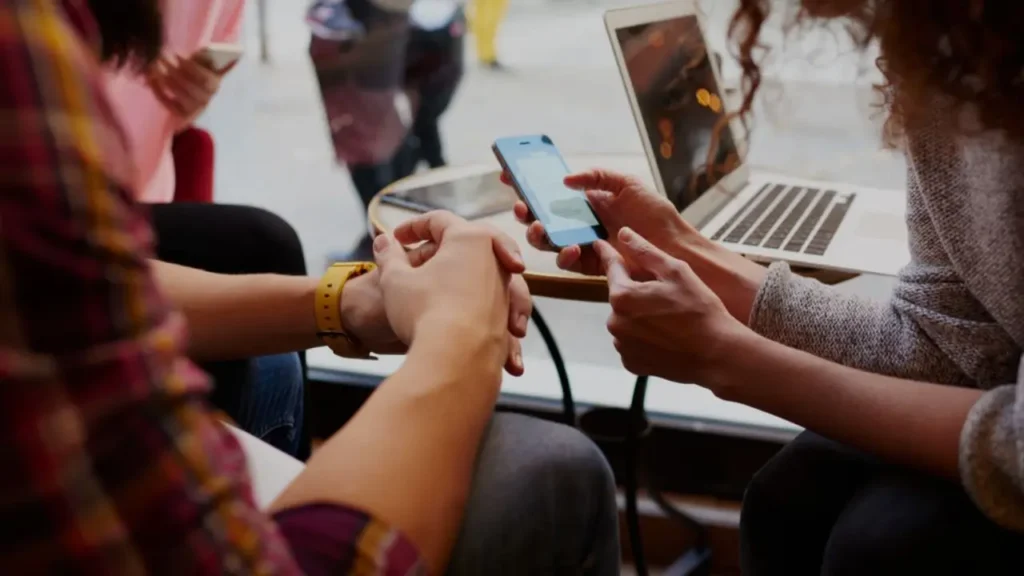
Positive Impact through Media Representation
The media has the potential to positively impact how masculinity is perceived by showcasing a diverse and positive range of representations of manhood. By doing so, the media can play a crucial role in:
Don’t forget to learn more about How To Build Trust In Your Relationship
- Educating the public about the various types of masculinities and the advantages and challenges associated with each type.
- Empowering men to explore and express their sense of masculinity in authentic, healthy, and fulfilling ways while respecting and supporting the choices and expressions of other men.
- Encouraging discussions and collaborations between men and women, as well as among groups of men from different backgrounds, to address issues and inequalities that affect them and to promote social justice and change.
Don’t forget to learn more about What Makes A Man Decide To Marry?
The Need for Media Literacy
It’s important to understand that the media alone cannot change the culture and structure of masculinity. This is because the media is influenced by the existing social and economic forces that maintain the status quo of hegemonic and toxic masculinity.
Therefore, we must be critical and aware of the media we consume and develop our media literacy skills. Media literacy is the ability to access, analyze, evaluate, and create media in various forms. By being media literate, we can:
Don’t forget to learn more about Which Guy Should I Choose?
- Recognize the media’s impact on shaping masculinity and the ideologies they convey.
- Question the accuracy, credibility, and reliability of media and the sources, motives, and interests they represent.
- Challenge the media’s stereotypes, biases, assumptions, and the gaps, silences, and omissions they produce.
- Create media content that reflects diverse perspectives and contributes to quality representation.
Frequently Asked Questions About Role of Media in Shaping Masculinity
Here are some frequently asked questions about the role of media in shaping masculinity and some possible answers.
What is the role of the media in shaping masculinity?
The media plays a significant role in shaping masculinity, as it provides a constant stream of images, messages, and narratives that define and reinforce what it means to be a man. The media can also influence how individuals perceive and express their masculinity and how they interact with others.
Can the media influence individuals’ self-perception of masculinity?
The media indeed influences individuals’ self-perception of masculinity, shaping their beliefs, attitudes, and behaviors regarding gender identity and expression. For instance, the media can:
Influence individuals’ pursuit of goals, careers, or hobbies based on portrayals of men in these areas.
Impact individuals’ self-worth by comparing men with varying beauty standards, success, or happiness.
Empower or discourage individuals from expressing emotions, opinions, or preferences based on how the media rewards or punishes authenticity, honesty, or assertiveness in men.
Are there any negative effects associated with the media’s influence on masculinity?
The media’s influence on masculinity leads to negative effects on men, women, and society. These include:
Physical health problems: Unrealistic media beauty and fitness standards induce body dissatisfaction, low self-esteem, eating disorders, or excessive exercise. Media glorification of violence and risk-taking may prompt smoking, drinking, reckless driving, or fighting.
Mental health problems: Media suppression of men’s emotions causes stress, anxiety, depression, or loneliness. Promotion of aggression may evoke anger, frustration, or resentment. Isolation of men who don’t conform to masculinity triggers insecurity, shame, or rejection.
Social problems: Media reinforcement of gender stereotypes distorted views of women, men, and oneself. The endorsement of misogyny and homophobia incites disrespect, harassment, or abuse towards women, LGBTQ+ individuals, and marginalized groups. Conflict and competition can lead to poor or violent relationships.
How can we challenge or change these harmful portrayals?
To challenge harmful portrayals of masculinity in the media, we can:
Support media offering diverse and positive representations of manhood, challenging traditional norms.
Create and share our media content reflecting diverse perspectives and contributing to better representation.
Critique and question the media’s role in shaping masculinity, analyzing underlying messages and ideologies.
Communicate and collaborate with like-minded individuals to address issues and inequalities.
Conclusion About Role of Media in Shaping Masculinity
The media plays a significant role in shaping masculinity. It constantly presents images, messages, and narratives that influence how people perceive and express masculinity and how they interact with others. However, the media can also promote harmful forms of masculinity, such as toxic masculinity.
Therefore, being critical of the press and improving media literacy is crucial. By supporting diverse and positive representations of manhood and creating our own media content, we can challenge and change the culture of masculinity for a more inclusive society.
I hope you found this post informative and learned something new. Please leave any questions or feedback in the comments section below. Thank you for reading!
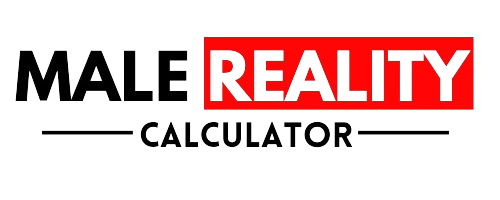

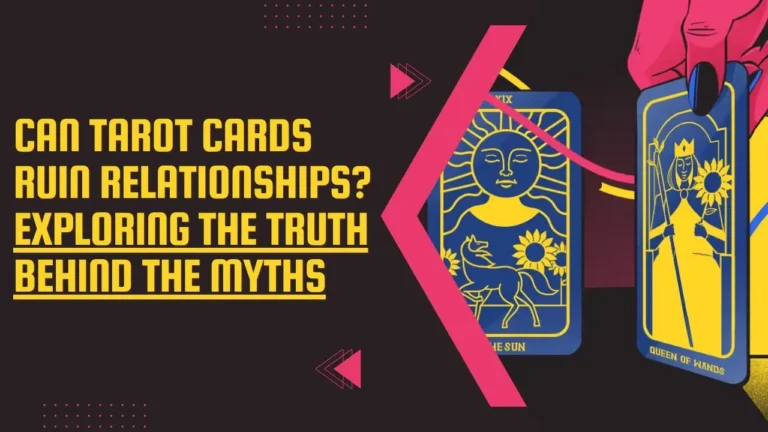
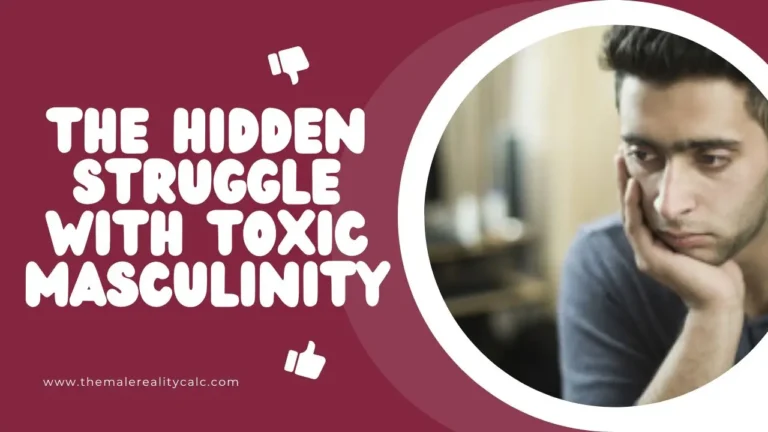

3 Comments